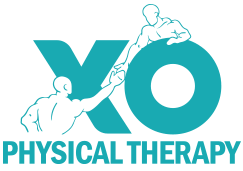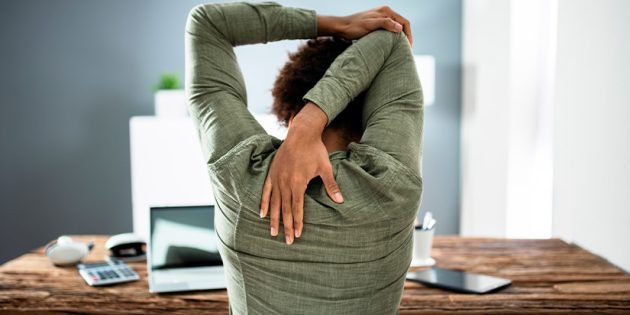4 Postural Drainage Techniques to Try at Home

Postural Drainage Techniques to Try at Home
What is postural drainage?
Postural drainage is a way to help treat respiratory problems due to inflammation and excess mucus in the airways of the lungs. Postural drainage basically “use(s) gravity to drain mucus out of your lungs by changing positions”.1
If you show signs of coronavirus pneumonia (COVID-19), there can be lethal damage from effusions (mucus filling your lungs) or your body may over-react with more mucus. Unfortunately, this can be life threatening.
Don’t risk unnecessary suffering, take action.
Postural Drainage Techniques
Physical Therapists have successfully treated effusions with postural drainage. With simple tilted positions of the body, mucus flows down and out, so that the patient can easily cough it out.
There are 4 postural drainage techniques that you can try at home. You can perform them lying on your stomach or your sides over exercise balls, pillows or chairs.
1. On a chair
You just need a chair to try this posture. Choose a flat surface, such as the floor or the bed. Lean forward over the back of a chair at an angle of 30 degrees. Extend your legs back to support your body. Rest your elbows on the bed and fold in your arms.
Hold this posture for around five minutes to aid in mucus drainage from the posterior segment of the lungs. Inhale deeply through the nose and exhale through the mouth. Physical therapists recommend practicing postural drainage in an empty stomach to prevent nausea or vomiting.
2. On a wedge pillow
Try this technique on the bed or on a flat surface. Lie on your stomach over a wedge pillow or a bean bag and tilt your body forward such that the hips are at a higher level than the chest. Extend your legs back for support. Keep your knees off the bed. Fold your arms under a pillow and rest your head on it.
This posture raises the lower back portion of the lungs and helps to drain out the effusion from that part. For maximum efficiency, the position must be held for 5 minutes. Take deep breaths and exhale fully keeping your cheeks puffy. Talk to your physical therapist to rule out risks of accidental injuries to the neck or back.

4 DIY Postural drainage techniques to try at home
3. On an exercise ball
You can also choose an exercise ball to expel mucus from your lungs. Place the ball on the floor or on an exercise mat. Lie on your stomach over the exercise ball and get into a slanting position with your head and chest positioned lower than your hips. Touch the mat or the floor with your head and rest your toes on it for additional support.
With your torso following the curve of the exercise ball, your lungs are tilted forward. Mucus travels out of the lungs, unclogging the airway. The effusion can then be either coughed out or removed by suctioning. You should respire deeply to make the draining more effective. To get rid of the mucus that builds up in your lungs at night, the drainage is best performed in the morning.
4. Lying on your side
This technique requires you to lie on your side instead of your stomach. Your hips should be higher than your chest. To do this, place pillows under your hips. This posture tilts your lungs and gravity moves the mucus out. If you want to empty the lower part of your left lung, lie on your right side. Put your right arm around your waist and rest your left arm beside your head. Similarly, lie on your left side if you want to clear out the mucus from the lower part of your right lung and place your hands accordingly.
This posture can be practiced for three to five minutes after you get up in the morning. To prevent waking up at night due to lung congestion, lie down in this posture before going to bed. However, you should wait for at least two hours after a meal before attempting this technique.
Tips When Practicing Postural Drainage Techniques at Home
When practicing these techniques try to:
- Emphasize full breaths while puffing your cheeks out.
- Blow long & steady breaths.
- Use this techniques 3-5 minutes per day.
- You can use pillows, a chair, or lie over an exercise ball.
Because each person’s health needs are different, you should talk with your doctor when using this information. If you have an emergency, please call 911.




